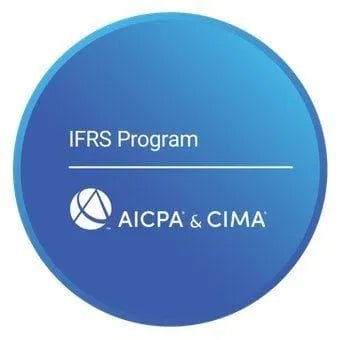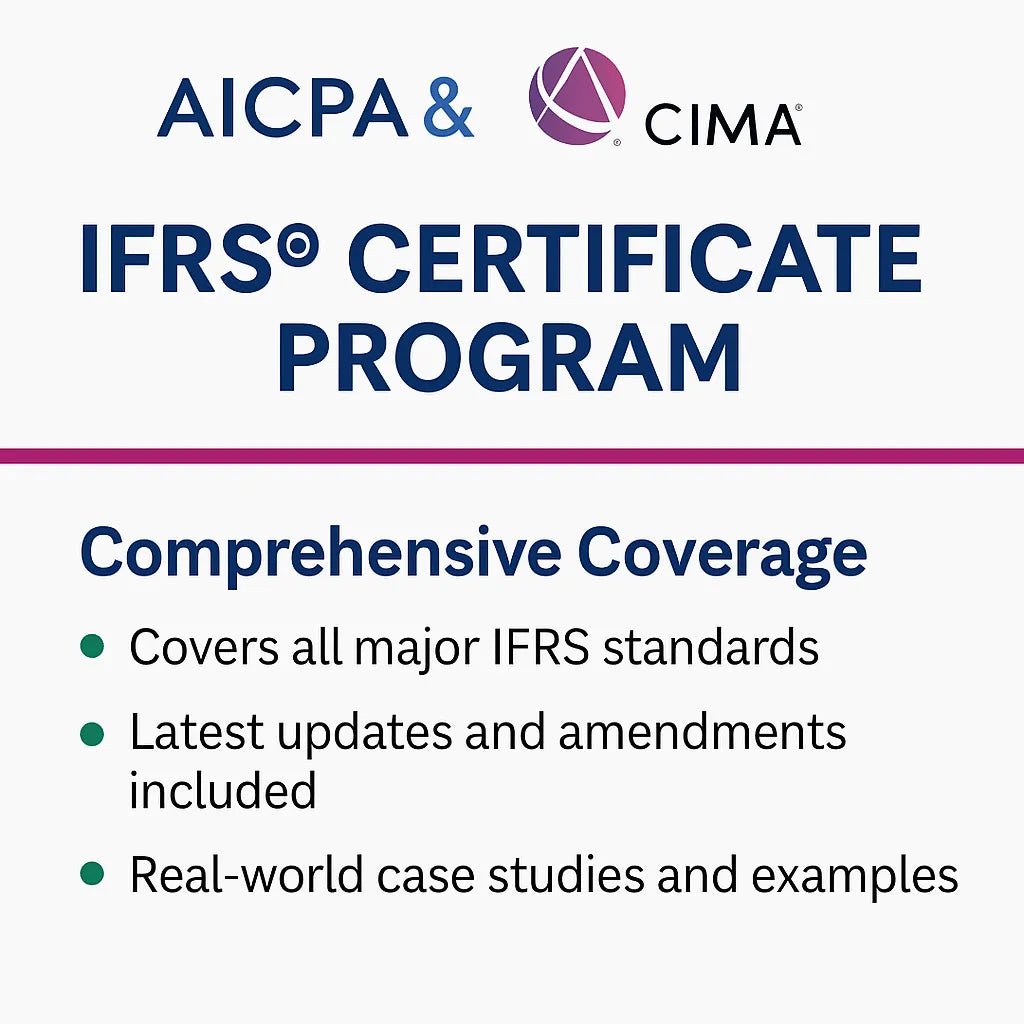Double entry accounting. Examples. Accounting equation.
Why is double-entry accounting such a big deal?
Accounting is the process of recording, classifying, and summarizing financial transactions to provide information that is useful in making business decisions.
There are several different accounting methods, but the most commonly used approach is double entry accounting. In this system, every financial transaction is recorded twice, once as a debit and once as a credit.
This helps ensure accuracy and provides a more complete picture of a company's financial health. Finance students should learn how to use double entry accounting in order to understand financial statements and make sound investment decisions.
Entries into the general ledger use double-entry bookkeeping, so in this lesson you will learn about this underlying system for accounting processes.
Double entry is also known as dual effect or dual aspect, because every transaction has two impacts on a business. For example, if Company A buys a delivery vehicle for cash, then cash reduces and the new asset (the vehicle) is introduced to the business. You will see this concept being applied to all the transactions posted into the general ledger.
What is double entry accounting?
Double-entry bookkeeping is a fundamental process that all accountants need to use, so mastering this is an important stage in your learning. Once you have understood the principles of this process and done some practice, you will have made significant progress in your studies.
As the name suggests, double entry means that for every accounting transaction there will be two impacts. We call one of these a debit and the other a credit.
If a business purchases a motor vehicle to use in the business, then it will increase the business's assets. If this is paid for with cash, this will reduce the business's bank balance. The double entry for this will be:
- Debit: Asset
- Credit: Bank
Double entry bookkeeping is when your account's being debited, another account must be being credited, so it's a balance. The basic principle of double entry bookkeeping is for every credit entry there's always a debit entry, and for every debit entry there's always a credit entry. Basically, there's always a matching entry for the credit entry, and there's always a matching entry for the debit entry. As long as the entries are posted correctly, then the account will balance.
Now we understand the principles of double entry, we know that to post a transaction there are two impacts, a debit and a credit. The table below summarises the impact of a debit or a credit on each type of transaction.
| Dr | Cr |
| Debit to increase | Credit to increase |
| Expenditure | Liability |
| Asset | Income |
| Drawing | Capital |
This summary table will be useful in to know how to post your double entry.
| Category | A debit entry will... | A credit entry will... |
| Asset | Increase an asset | Decrease an asset |
| Expenditure | Increase an expense | Decrease an expense |
| Drawing | Increase drawings | Decrease drawings |
| Capital | Decrease capital | Increase capital |
| Liability | Decrease a liability | Increase a liability |
| Income | Decrease income | Increase income |
What is an accounting equation?
Think about the principle behind double entry: the accounting equation.
- An increase in an asset is a debit, a decrease in an asset is a credit
- An increase in a liability is a credit, a decrease in a liability is a debit
- An item of expense is a debit
- An item of income is a credit
- Drawings are a debit.
Double entry is based on the idea that if you change one of these items, for example, if you receive income (credit), then there has to be an equal change in another item, in order for the equation to still balance, for example, an increase (debit) in the cash asset.
The accounting equation is
Assets - Liabilites = Capital
Capital is the money that belongs to the owner, so it is the amount that the owner invested minus any money that they have taken out of the business (drawings) plus profit made by the business.
What is a double entry bookkeeping example?
For example, let's say we sell something to client A for $55.
- We debit 'customers' and credit 'income'.
- When Client A gets the $55, we debit the bank and we credit the customer.
- So in our cash books, an easy way to remember double entry is to remember that a debit entries go in and credit entries go out.
What was accounting like before double-entry bookkeeping?
The origins of double-entry bookkeeping can be traced back to the Venetian merchant and mathematician Luca Pacioli. In 1494, Pacioli published a treatise on arithmetic, geometry, and proportion entitled Summa de Arithmetica, Geometria, Proportions et Proportionality. This booklet included a section on bookkeeping, which was based on the methods used by Venetian merchants. This system was later adapted by other Italian merchants and became known as the "Italian method".
Before the advent of double-entry bookkeeping, accounting was a very different process. Rather than being a system of recording and evaluating financial transactions, it was more like an individualized and somewhat ad hoc process. Each person kept track of their finances in whatever way they saw fit, and there was no accurate, standardized method for doing so. This made it challenging to compare finances across individuals or businesses since everyone had their way of keeping track of things.
Double-entry accounting changed all that. Establishing a standard method for recording financial transactions made comparisons much more accessible and provided a more accurate picture of a business's financial state. This has made accounting immensely more helpful in helping companies make sound financial reporting.
Also read what is materiality concept in accounting
FAQs
ACCA blogs
Follow these links to help you prepare for the ACCA exams
IFRS blogs
Follow these blogs to stay updated on IFRS
Formats
Use these formats for day to day operations
- Account closure format
- Insurance claim letter format
- Transfer certification application format
- Resignation acceptance letter format
- School leaving certificate format
- Letter of experience insurance
- Insurance cancellation letter format
- format for Thank you email after an interview
- application for teaching job
- ACCA PER examples
- Leave application for office
- Marketing manager cover letter
- Nursing job cover letter
- Leave letter to class teacher
- leave letter in hindi for fever
- Leave letter for stomach pain
- Leave application in hindi
- Relieving letter format
Interview questions
Link for blogs for various interview questions with answers
- Strategic interview questions
- Accounts payable interview questions
- IFRS interview questions
- CA Articleship interview questions
- AML and KYC interview questions
- Accounts receivable interview questions
- GST interview questions
- ESG Interview questions
- IFRS 17 interview questions
- Concentric Advisors interview questions
- Questions to ask at the end of an interview
- Business Analyst interview questions
- Interview outfits for women
- Why should we hire you question
leave application format
- Leave application for office
- Leave application for school
- Leave application for sick leave
- Leave application for marriage
- leave application for personal reasons
- Maternity leave application
- Leave application for sister marriage
- Casual leave application
- Leave application for 2 days
- Leave application for urgent work
- Application for sick leave to school
- One day leave application
- Half day leave application
- Leave application for fever
- Privilege leave
- Leave letter to school due to stomach pain
- How to write leave letter
Insurance blogs
- Sample letter of appeal for reconsideration of insurance claims
- How to increase insurance agent productivity
- UAE unemployment insurance
- Insurance cancellation letter
- Insurance claim letter format
- Insured closing letter formats
- ACORD cancellation form
- Provision for insurance claim
- Cricket insurance claim
- Insurance to protect lawsuits for business owners
- Certificate holder insurance
- does homeowners insurance cover mold
- sample letter asking for homeowner right to repair for insurance
- Does homeowners insurance cover roof leaks













Leave a comment